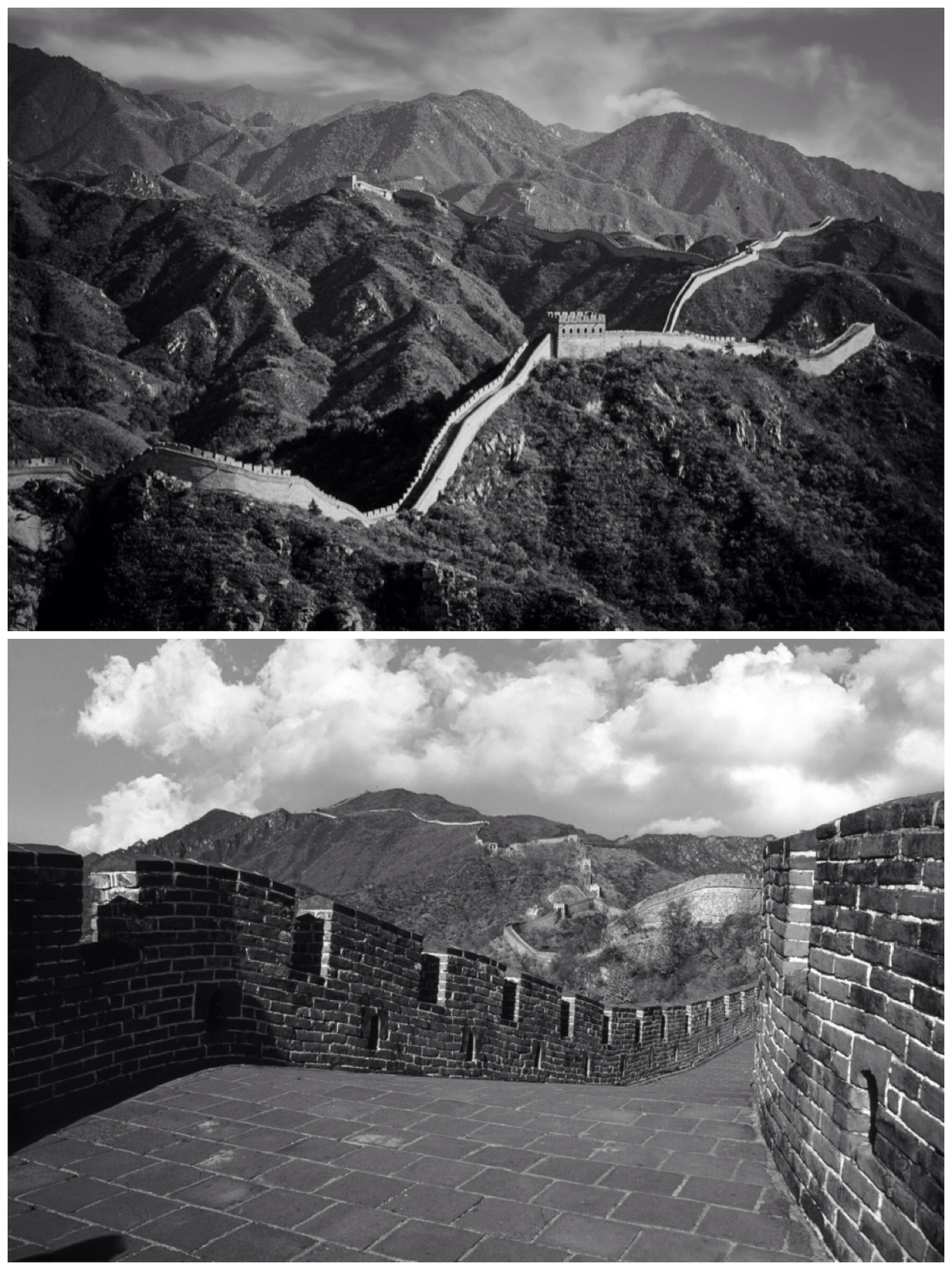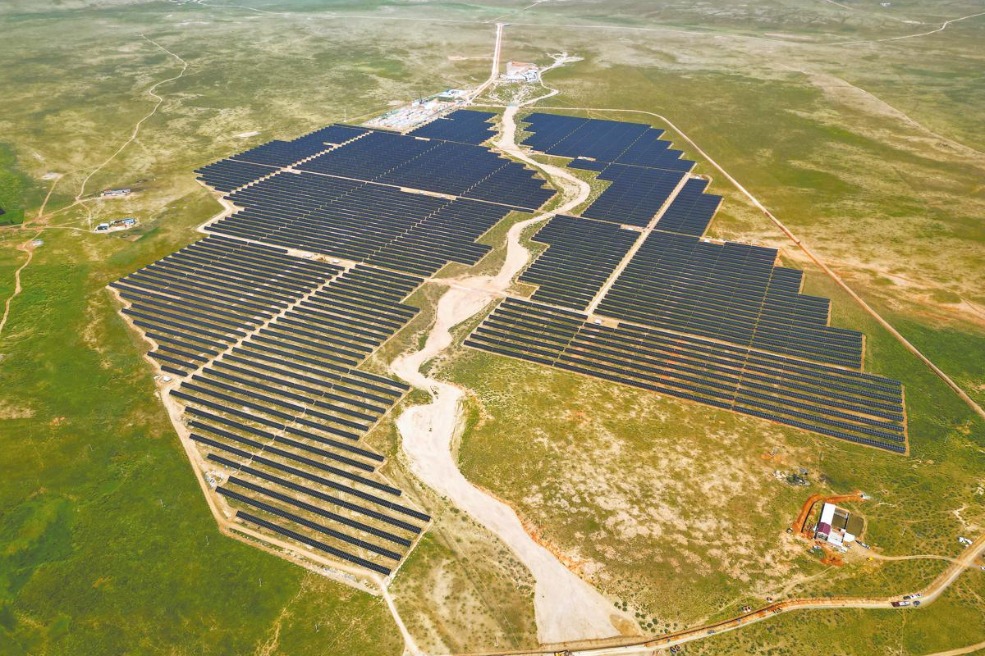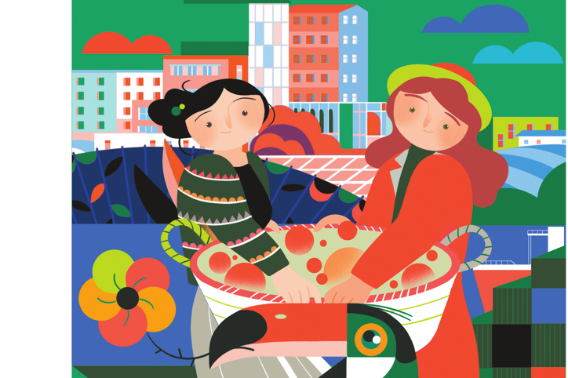Beijing - a personal journey of discovery amidst rapid change


In 1987 I first set foot on the Great Wall at Badaling, moments remaining lifelong memories. However, on a cold November afternoon in 1994 I experienced the section at Mutianyu in Huairou District. It was much quieter and then less developed to the point where climbing steeply up to its heavy stone defences I often found myself alone on its forested slopes. Indeed walking along its battlements again I could be the only visitor! Perfect solitude! It was to Mutianyu where I would take visitors often from the UK, particularly outdoor lovers who would appreciate the often jagged mountain topography all around. The question often asked as to how such a structure could ever have been built within such difficult landscapes? Apparently a wall first appeared there during the mid-6th century Northern Qi while the present, well preserved structure, was rebuilt in 1569 during the Ming Dynasty. Road journeys from urban Beijing out to Mutianyu in my earlier days regularly followed long, straight, quiet tree-lined roads across initially flat countryside.
Although Beijing may appear mostly built-up there are a surprising number of excellent walking trails and cycle routes in and around the city. From historic times the area has been laced by a network of waterways connecting with the Grand Canal at Tongzhou in the eastern suburbs. One canal, today carrying pleasure boat traffic, runs northwest from near Beijing Zoo up to the Summer Palace. It provides both a traffic-free environment with increasingly spectacular views of pagoda topped Jade Spring (yuquan) Hill combined with a backdrop of my beloved Fragrant Hills. That canal was once an imperial route where barges transferred the emperors and their entourages out to the Palace for summer residence.
































